CUSTOMER LOGIN
Nesting Your Way to Better Margins in Joinery
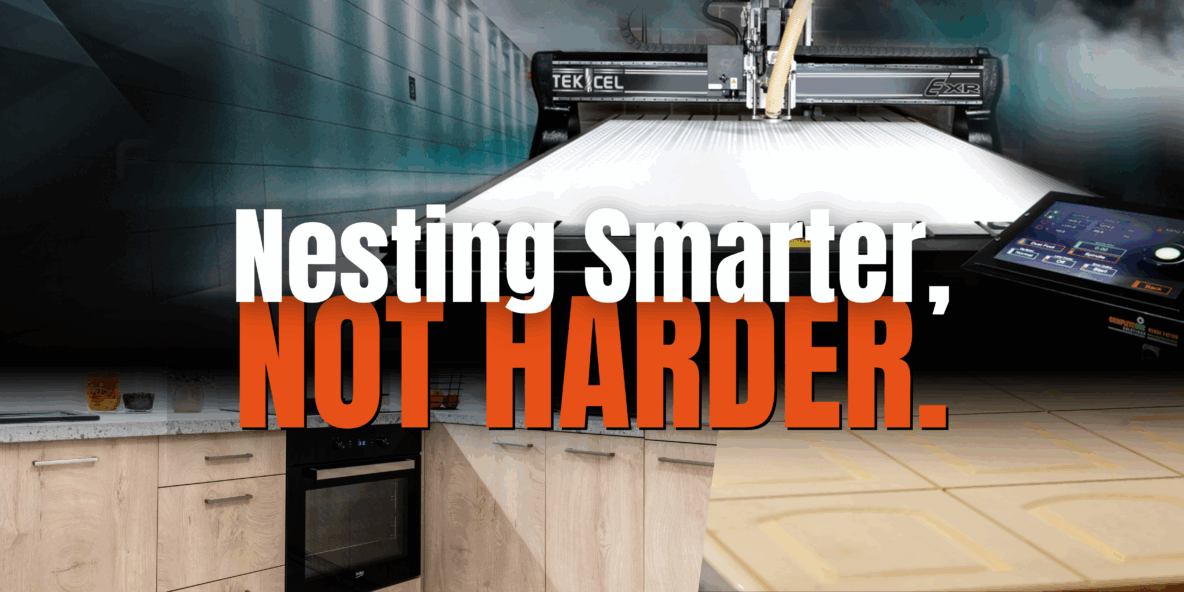
Nesting Your Way to Better Margins in Joinery
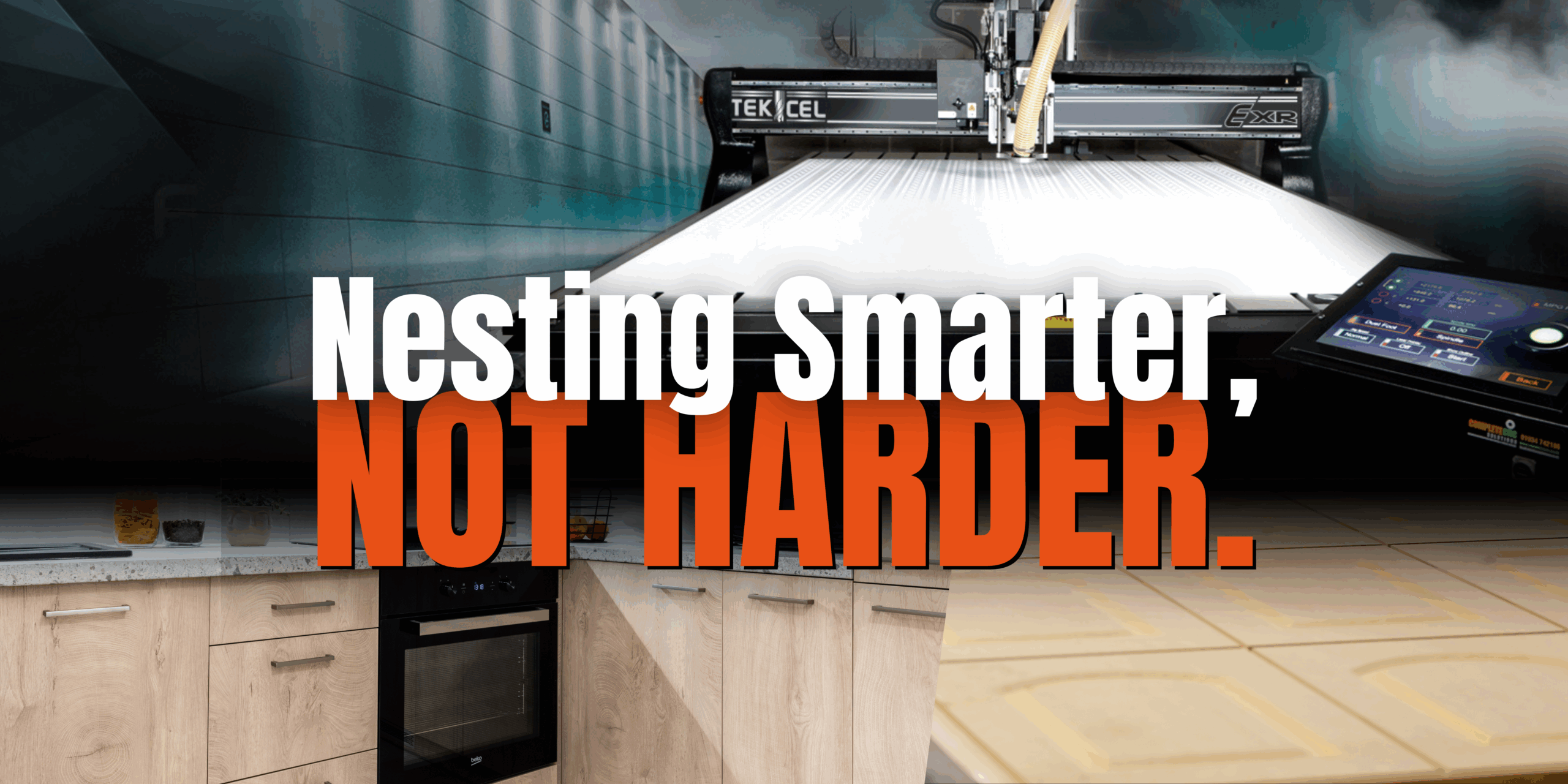
Why NBM Matters
Material prices remain high. Sheet goods still cost far more than they did before the pandemic, and businesses pay more to dispose of waste. Every extra panel ordered hurts the bottom line.
Clients expect sustainability. Architects and end-users increasingly ask what you are doing to reduce waste. Showing hard numbers on yield and off-cut reduction is a simple way to demonstrate progress.
Competition has caught up. Owning a CNC router is no longer special. What is, is the capability of the machine, the right tooling, the right software and the right knowledge.
Where Many CNC Setups Fall Short
Shops often encounter familiar limitations with older or entry-level CNC routers. Entry-level machines often lack the correct software, spindle power and production speeds needed for efficient, clean cuts in tougher materials. Undersized spindles not only slow production and cause poor cuts but also wear out faster, reducing tool life and increasing maintenance.
Beyond the hardware, the knowledge gap can be even more damaging. CNC suppliers who provide minimal training leave joiners to experiment with feed rates, tooling, nesting layouts, and cutting strategies on their own. Suboptimal setups result in wasted sheets, inconsistent quality, and increased operator frustration. Not all suppliers that sell tooling have real-world cutting knowledge as they don’t use them day in and day out.
Inefficient nesting software adds to the problem. Some shops still rely on outdated or manual layout processes, leaving valuable offcuts on the table. Over multiple projects, these inefficiencies stack up to significant material losses and unnecessary spending.
Finally, many machines struggle with the practical realities of high-volume nested cutting, namely, dust extraction. Without robust extraction, the dust and chips produced by nesting MDF, plywood and laminated boards can affect machine accuracy, operator safety and workshop cleanliness. Debris left on the bed can interfere with the vacuum hold-down, compromise cut precision, and shorten the machine’s life.
Why Industrial CNC Routers Make the Difference
The step-change comes when joinery firms invest in robust, production-ready CNC routers designed specifically for demanding nested-based manufacturing. Machines like the Tekcel EXR 2m x 3m router combine heavy-duty construction, high-performance spindles, and advanced motion control systems.
With a powerful 9kW spindle as standard, the EXR handles MDF, MFC, hard and soft woods, plywood, laminates and aluminium composite materials often used in shopfitting and interior projects. Deep cuts, fast feed rates, and accurate tool paths allow businesses to produce cabinet parts, door panels and component kits far faster than light-duty machines.
Cycle times drop significantly. Where weaker routers require multiple passes, a high-powered industrial CNC completes jobs in a fraction of the time. Automated tool changers and pop-up positioning systems further streamline production, while heavy steel frames and servo-driven ball screws ensure accuracy remains consistent throughout full-shift production.
Perhaps most importantly, these routers offer genuine material flexibility. With the right tooling, one Tekcel machine can cut wood, acrylics, foams, plastics, aluminium composite and more. Joinery businesses gain the confidence to expand into new markets, from custom interiors to architectural panels, knowing their CNC is ready for whatever job arrives.
Every Sheet Counts
In a business where every sheet can cost £40, £50 or more, even small yield improvements across multiple jobs quickly turn into thousands saved over the year. Nesting software can improve material usage by 15 to 25 percent or more, turning eight sheets into what used to require ten. Over time, this delivers significant savings on material purchases and waste disposal.
More efficient nesting also reduces labour requirements. A CNC operator can cut, drill, groove, and label parts in one cycle, delivering components ready for assembly or edge banding. This single-piece flow reduces sorting time and helps businesses scale up production without increasing headcount.
With sustainability becoming more important to clients, being able to demonstrate optimised material usage offers financial and environmental benefits.
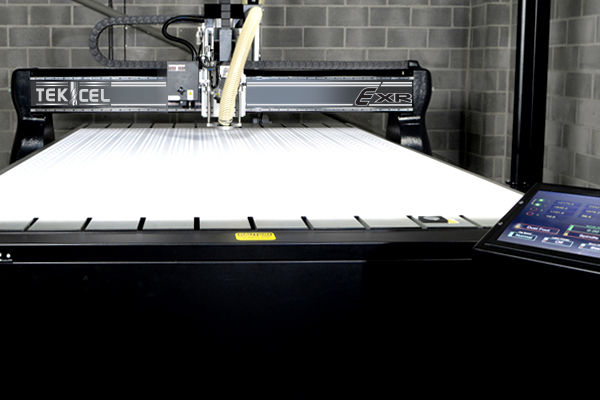
The Overlooked Role of Dust Extraction
When running nested-based cutting all day, dust extraction becomes mission-critical. Continuous extraction keeps the cutter cool and sharp, prevents debris from lifting sheets and ruining accuracy, stops fine dust from clogging rails and bearings, and creates a healthier work environment without constant sweeping.
The EXR’s oversize hose and shroud extract chips directly at the spindle, so the operator loads the next sheet instead of vacuuming the last one.
Investing in Productivity, Not Just Equipment
Good nesting software handles part rotation, grain direction, kerf, and onion-skin strategies. With proper training, an operator can load a design, press Nest, and produce a layout that beats hand nesting every time. Over a month, those saved sheets equal real money and fewer bins of scrap waiting for pickup.The Value of Expert Support
Advanced equipment is only part of the equation. What transforms nested-based manufacturing into a genuinely efficient workflow is the partnership with a supplier who provides deep industry expertise. Tooling selection, feed rates, vacuum hold-down strategies and nesting software training all play crucial roles in maximising efficiency.
At Complete CNC Solutions, we provide full delivery, installation and setup, onsite training, tooling and practical cutting expertise to help joiners optimise every part of the process. This eliminates costly trial-and-error learning and ensures operators are confident, productive and safe from the start. Auto-nesting software is supplied as standard and integrated directly with CAD/CAM packages, ensuring tight nests, maximum yield, and easy repeatability for future jobs.
When that knowledge is absent, businesses often struggle with avoidable production issues, from wasted material to poor cut quality and downtime.
Takeaway
- If your current router hesitates on thick panels, it costs you time and tool life.
- If your supplier cannot answer cutting questions, you are paying to learn by trial and error.
- If you are still laying out parts manually, you are throwing away stock each week.
A robust machine such as the Tekcel EXR, backed by knowledgeable support and modern nesting software, turns NBM into a predictable, high-margin workflow. The result is faster delivery, tighter quality control, and material bills that finally move in the right direction.
Upgrade the machine, the software and the support, and you will cut faster, waste less, and see cleaner results both on the shop floor and in your profit margins.
Talk to us to arrange a demonstration
Further Blog Posts
The Multi Material CNC Toolkit for Vehicle Converters
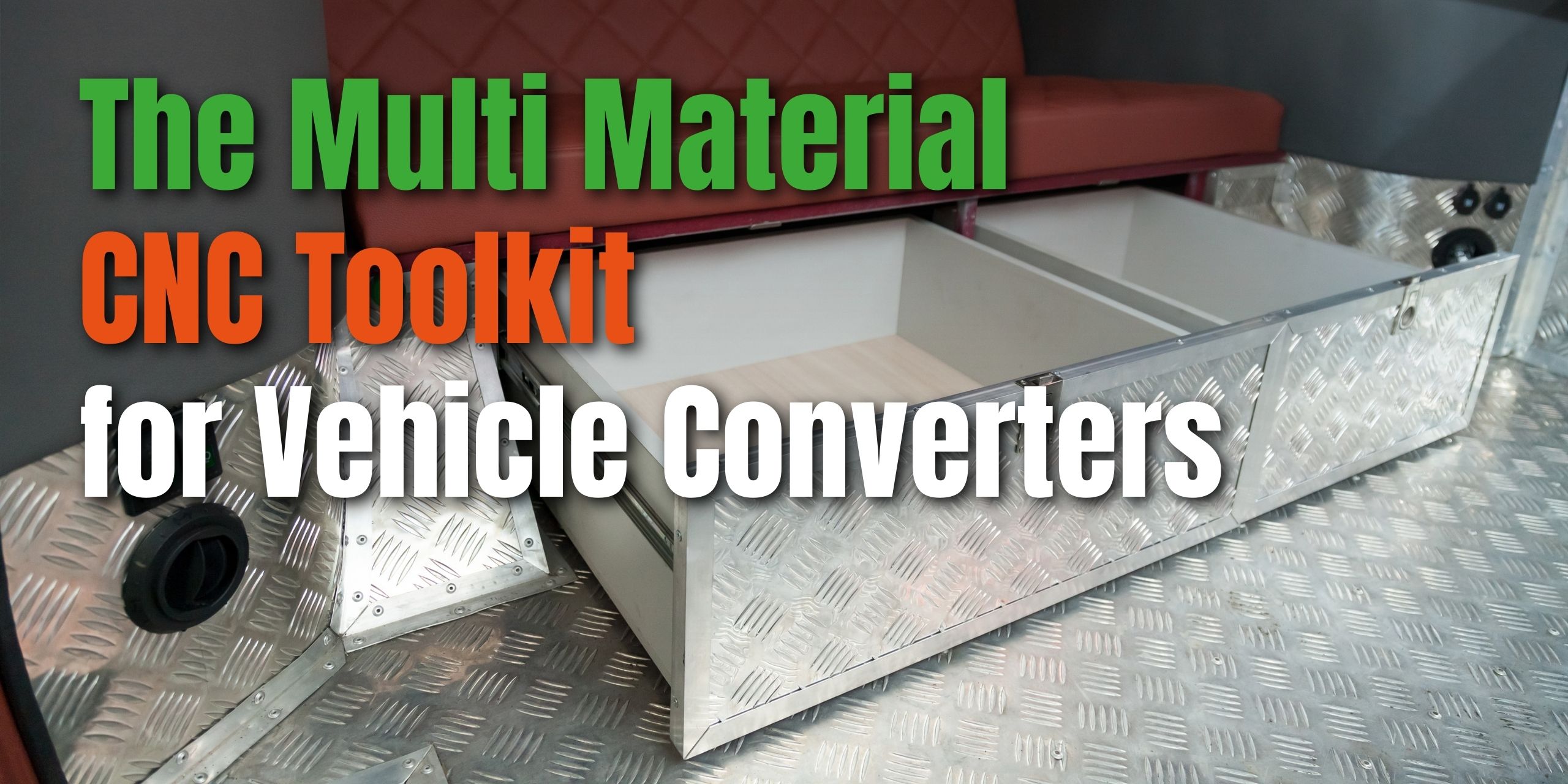
CNC Engineers Reveal the Top Maintenance Mistakes to Avoid

Measuring Yield & Waste in Your CNC Shop: KPIs & What to Aim For

How CNC Automation Helps UK Manufacturers Beat Rising Costs
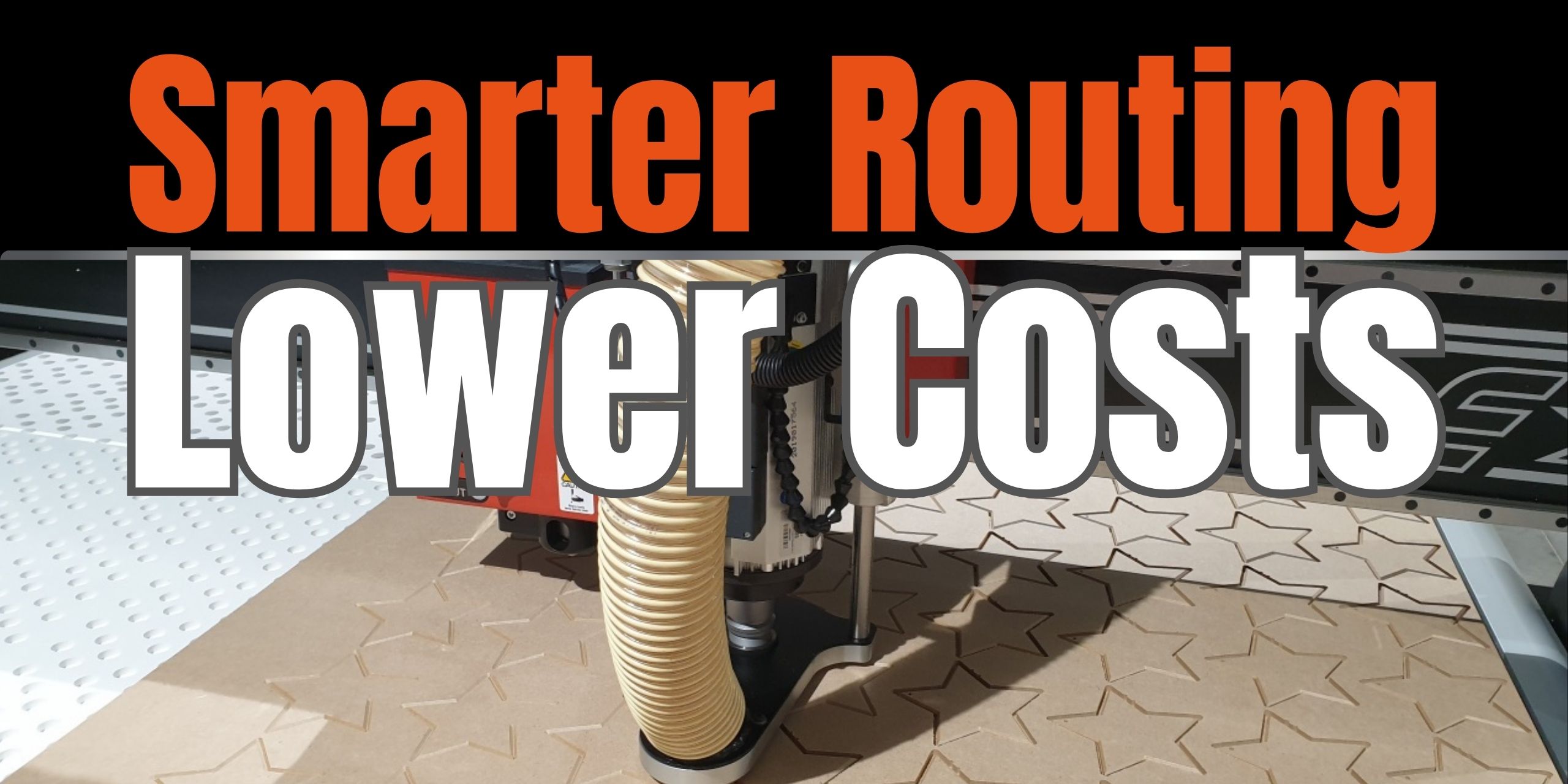
Why do CNC Router Tools Really Break? And How to Prevent It.
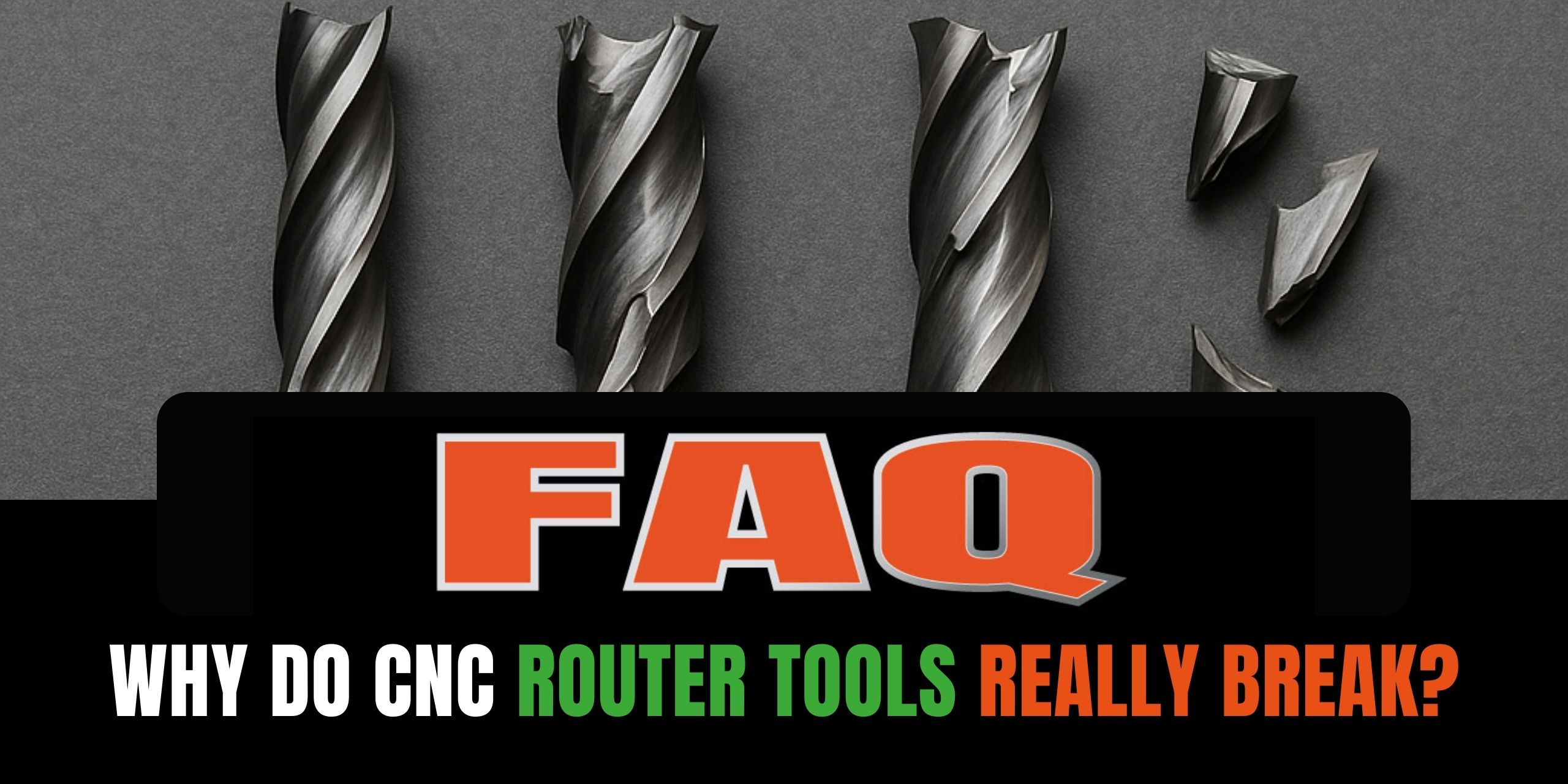
The Rise of Wood: Is the Industry Shifting Away from Plastics?

Choosing CNC Tooling: What Matters and Why It Pays to Buy from Specialists
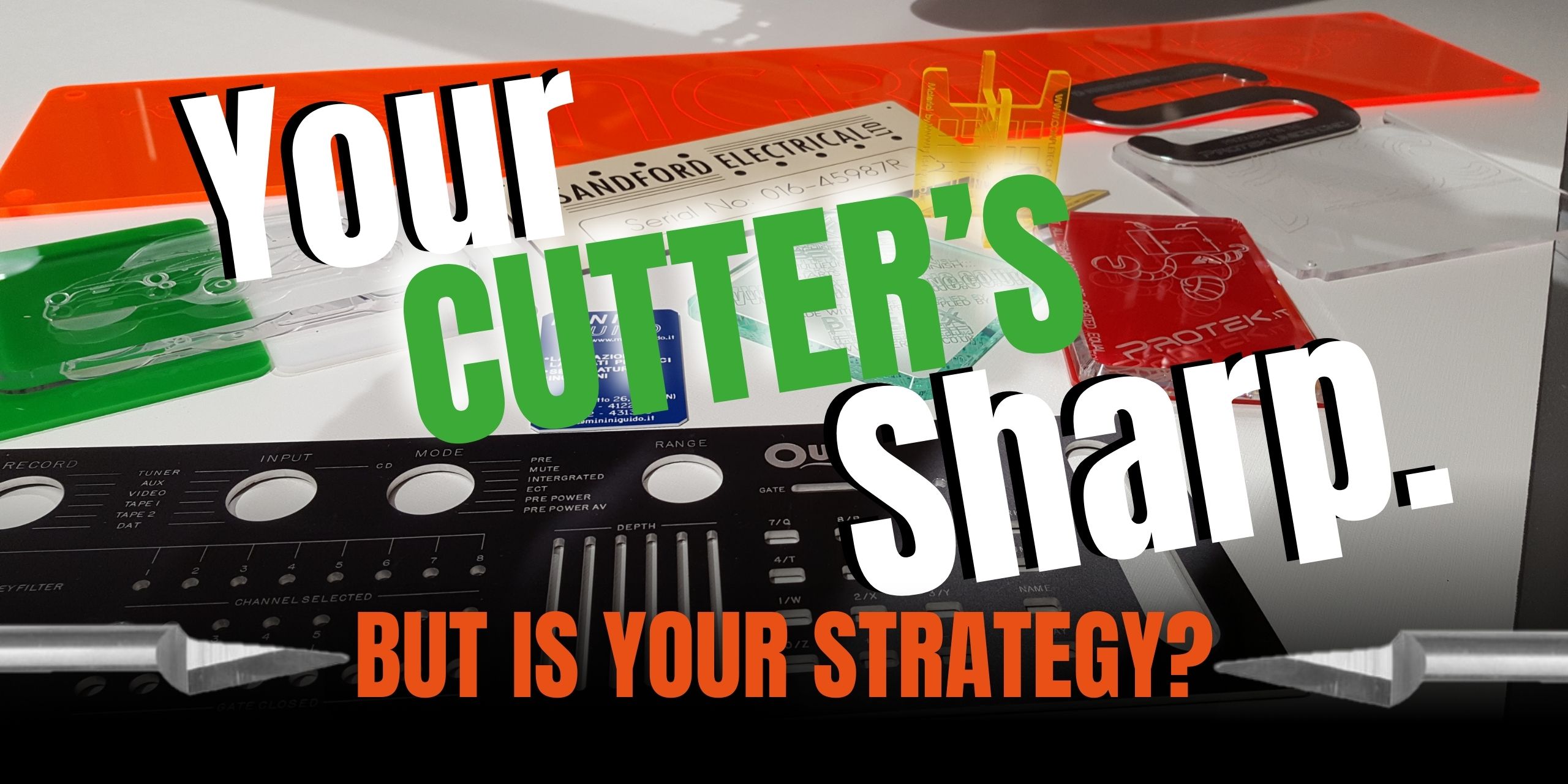
Avoid These CNC Pitfalls in Illuminated Signmaking


